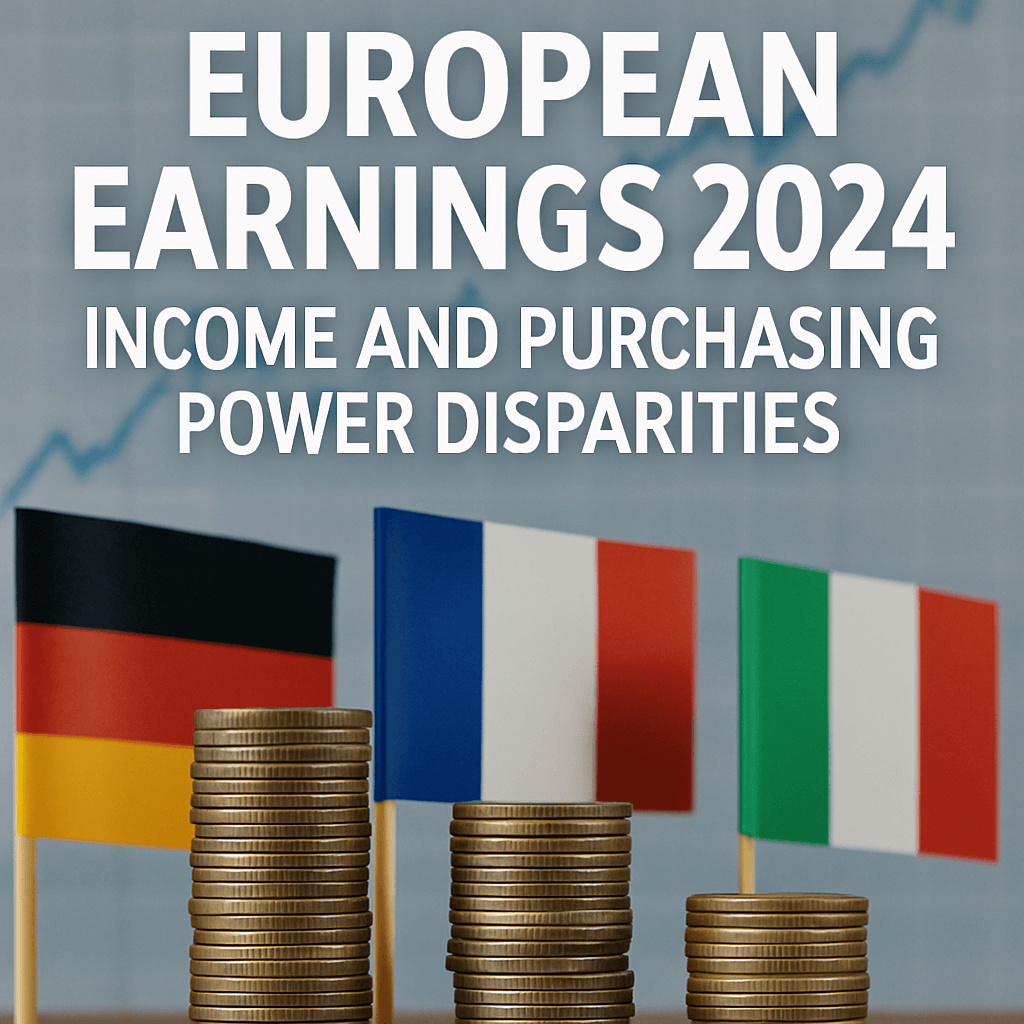European Earnings 2024: Income and Purchasing Power Disparities

Net annual earnings—calculated as gross salaries minus personal income tax (PIT) and employee social security contributions (SSC), plus family allowances—offer a clearer comparison of living standards across Europe than gross wages alone. Variations in tax systems, social benefits and household structures drive significant differences between regions.
Nominal Net Earnings Across Europe
According to the latest Eurostat data for 2024, annual net earnings for a single person without children at 100% of the national average span from €11,074 in Bulgaria to €50,410 in Luxembourg within EU member states. The EU average stands at €29,573.
Highest Net Earnings Within the EU
- Luxembourg: €50,410
- Netherlands: €47,892
- Ireland: €46,208
- Germany: €39,594
- France: €32,354
Top Earnings Outside the EU
- Switzerland: €85,631 (EFTA)
- Iceland: €57,573 (EFTA)
- Norway: €47,232 (EFTA)
Purchasing Power-Adjusted Net Income
When adjusted for purchasing power standards (PPS), differences narrow but persist. The EU average is 28,906 PPS. The range extends from Slovakia’s 16,784 PPS to the Netherlands’ 40,948 PPS.
Top PPS Rankings Including Non-EU States
- Switzerland: 48,331 PPS
- Netherlands: 40,948 PPS
- Norway: 38,712 PPS
- Luxembourg: 37,630 PPS
- Austria: 37,359 PPS
Impact of Taxation and Social Security Systems
“Differences in PIT rates and SSC ceilings explain up to 30% of the net-wage gap between Western and Eastern Europe,” notes Dr. Elena Popov, senior economist at the European Labour Institute.
For example, countries like Belgium and Germany apply progressive PIT schedules with top rates above 45%, while Bulgaria and Romania cap SSC contributions at low income thresholds. Family allowances further alter net income: a one-earner couple with two children earns on average €35,656 across the EU—20% more than a single person without dependents.
Household Composition and Net Earnings
- Single Person (no children): EU average €29,573
- One-earner Couple (two children): EU average €35,656 (+20%)
- Two-earner Couple (two children): EU average €63,523
Implications for Labor Mobility and Economic Policy
Wage disparities influence migration patterns within Europe. Higher net earnings and purchasing power in Western and Nordic states attract skilled workers from Southern and Eastern Europe, exacerbating demographic imbalances. Policymakers must consider harmonizing social contribution bases and child‐benefit schemes to reduce regional inequality while preserving fiscal autonomy.
Methodology and Data Sources
This analysis uses Eurostat’s 2024 indicators for net earnings, combining national labour force surveys with fiscal data. Net earnings are computed as:
- Gross Annual Earnings
- − Personal Income Tax (PIT)
- − Employee Social Security Contributions (SSC)
- + Family Allowances (if applicable)
Adjustments to PPS follow Eurostat’s purchasing power parity methodology, using a reference basket of consumer goods and services.
Expert Perspectives and Future Outlook
“Continued convergence in net wages will require fiscal cohesion and targeted investment in technology and skills,” says Prof. Martin Schulz of the Centre for European Economic Research. Trends in automation and remote work may also reshape regional earning potentials over the next decade.